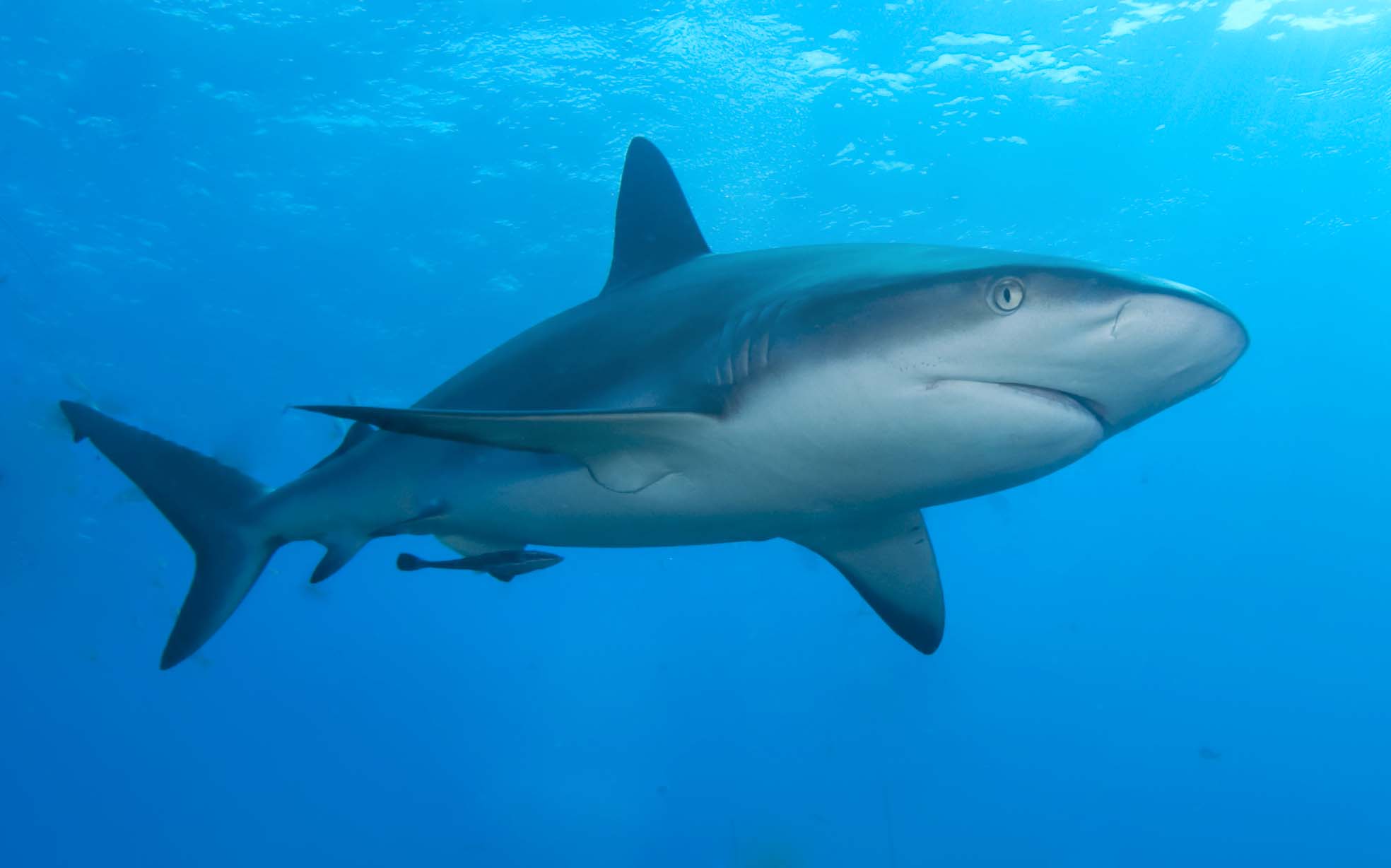Monkey
& Human Beings
· The two different species that share the same homologous trait is human beings and monkeys.
· The homologous trait is the tailbone. It is similar to a human’s tailbone because of the last vestige of what was a tail. This is why it is also known as “vestigial tailbone.” For monkeys their tailbone is obviously long to hang on trees and jump from one tree to another. A monkey’s tail is also for balance. The vestigial tailbone in the human body has no use to it, but it is an attachment to the spinal cord and various muscles.
· The common ancestor of these two species was a primate. Just because of the human tail bone has no function to it anymore and the monkey still does.
Sharks
& Dolphins

· Two species that are analogous are sharks and dolphins. They share similarities such as side fins, a dorsal fin, and a torpedo-shaped body.
· The similarities in structures are their dorsal fins, side fins, and torpedo-shaped body to move swiftly and gently through water. Dolphins are known as “warm-blooded” and sharks are known as “cold-blooded.”
· The common ancestor did not possess this analogous trait because dolphins descended from land mammals. Dolphins evolved dorsal fins, flippers, and a torpedo-shaped body as natural selection given that they are mammals in the sea.


Your post was very informative & I loved the pictures you chose. I liked you homologous examples, I never new humans tailbones actually came from tails. It was also interesting to read that a monkeys tail gives it balance. Great job!
ReplyDeletePart A asks for a description of each organism, so more was needed for that section, beyond simple identification.
ReplyDeleteGood choice of homologous traits. While it is indeed tempting to say that the human tail serves no function, since it does still serve as an attachment point for muscles and tendons, technically it has function!
Did the primate ancestor possess a tail and pass that trait onto the human and the extant monkey? That is the evidence you need to confirm that these are homologous traits.
Better descriptions of your analogous organisms. I'm not sure that I have ever heard of sharks as being 'cold-blooded'... they are sea creatures and don't really require thermoregulation beyond the water temperature. I agree that dolphins developed their fin structures independently after evolving from land mammals, but isn't it possible that the ancestor of the shark (which was a fish) had those fin structures and passed them onto the shark? But since it didn't pass them onto the dolphin, these would still be analogous traits, correct?
Similar to your analogous response, I discussed the traits shared by a shark and a dolphin. Although they are two different species, one being a fish and the other being a mammal, I found that they share the same types of fins, used for similar functions. Just as you mentioned, shark fins are made up of cartilage compared to dolphin fins which are structured with bones. The fins that these two species share, are used for maneuvering through the ocean and swiftly getting from place to place. Dolphins also developed bone structures from their ancestors that once lived on land. Great comparison, I enjoyed reading it!
ReplyDeleteHi Jessika! In your first section, when you describe what monkeys use their tails for (i.e. for balance), you also say that "The vestigial tailbone in the human body has no use to it," and I think a bit differently on that subject. By how you've finished the sentence, "it is an attachment to the spinal cord and various muscles," the tailbone is an extremely important part of the body, because it provides a support for other muscles to attach to in the pelvic region. The tailbone also provides support for when someone sits down and leans back, because the weight is transferred to their tailbone. I agree that it's not nearly as useful as in monkeys with tails, but I just wanted to add a bit to its importance.
ReplyDeleteFor your comparison between sharks and dolphins, their common ancestor was likely an ancient fish if we're going from a broad spectrum, because we all evolved from fish. So technically I think it's true to say that their common ancestor did have this trait in common, but I agree with you that it is an analogous trait because it had to reemerge after dolphins evolved from land-walking creatures back into sea creatures.